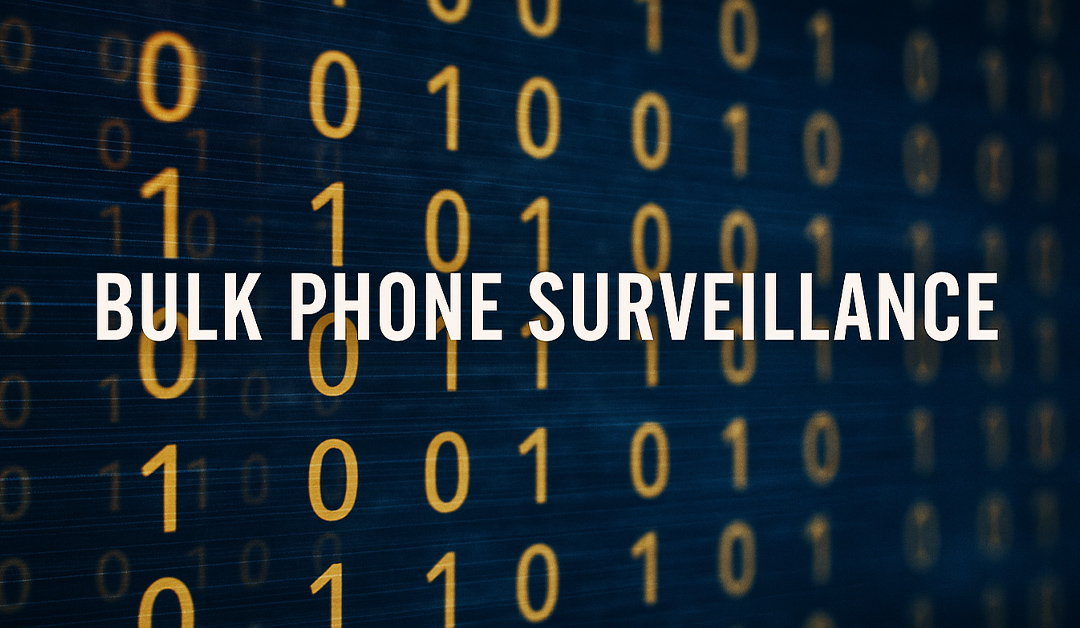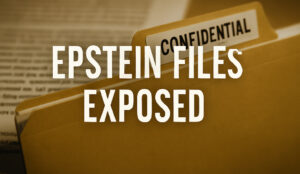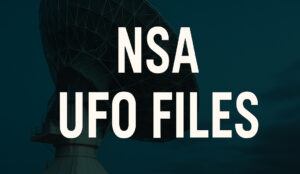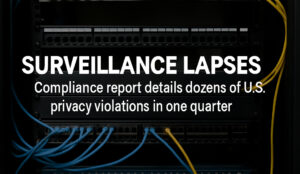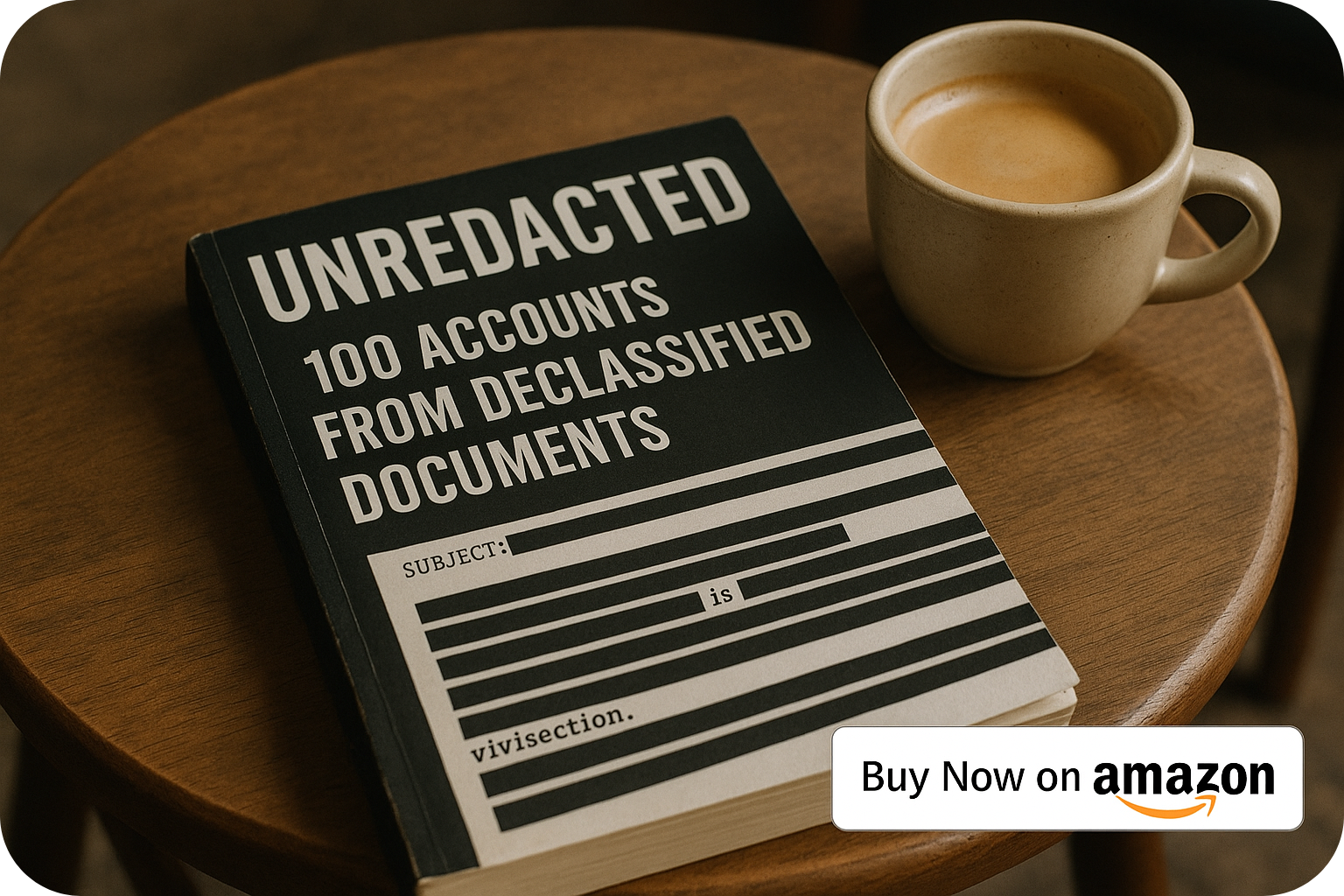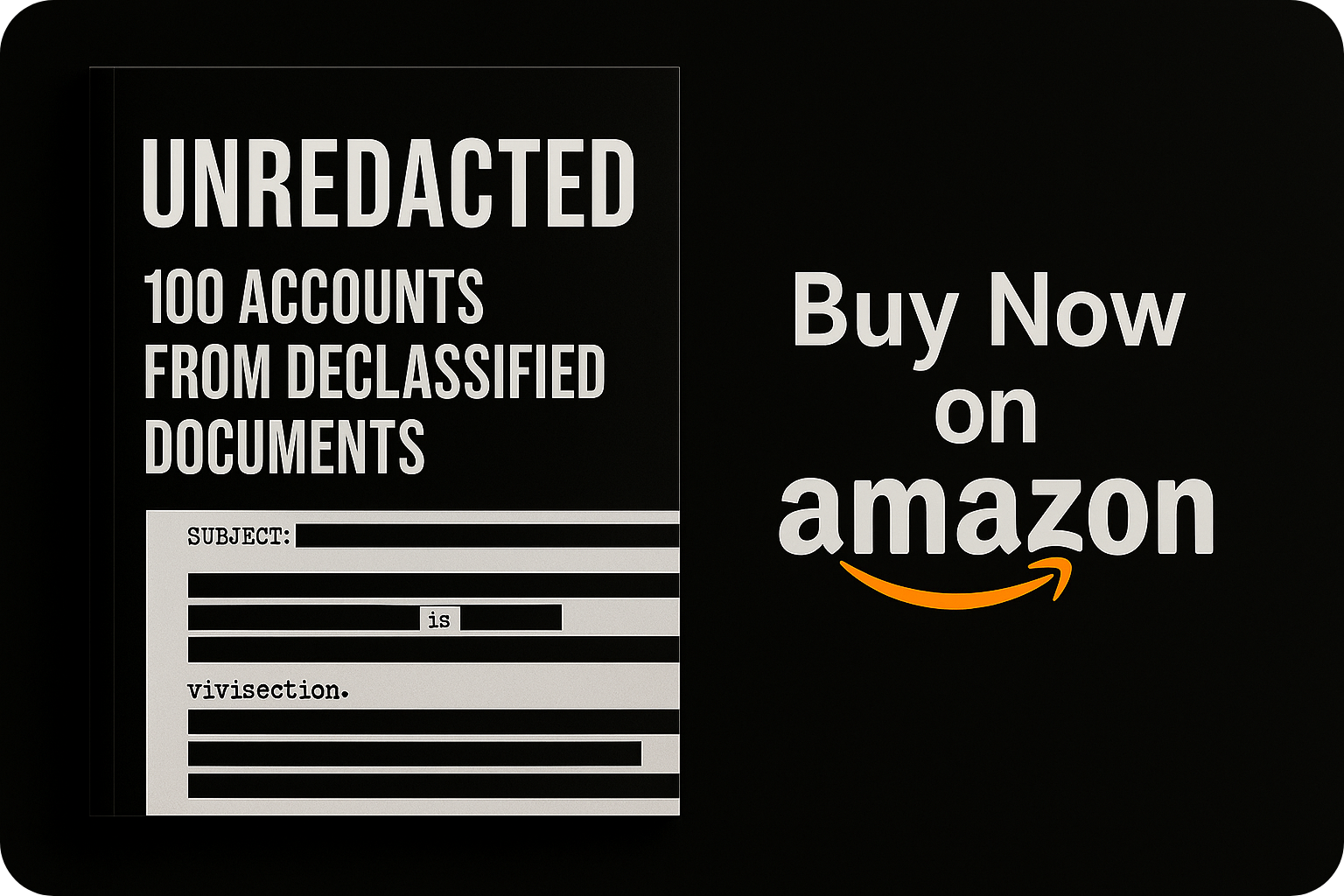In November 2006, the Foreign Intelligence Surveillance Court (FISC) issued one of the most sweeping and secretive surveillance orders in American history.
The ruling-FISC Order BR 06-08-authorized the bulk collection of telephone metadata by the National Security Agency (NSA) from major U.S. telecommunications providers.
The order was classified Top Secret//COMINT//NOFORN and would not become public knowledge until years later. But it quietly enabled the government to begin constructing a vast database of American communications.
📝 What the Court Approved
The FISC granted the FBI’s request to compel telecom companies to hand over all call-detail records on a daily, ongoing basis to the NSA.
This included:
-
Originating and terminating phone numbers
-
Time and duration of calls
-
Calling card numbers
-
Trunk identifiers
-
Device identifiers
What wasn’t collected, at least officially:
-
Names or addresses of subscribers
-
Content of the conversations
-
Financial information tied to accounts
The stated justification? Protecting against international terrorism, under authority granted by Section 1861 of the USA PATRIOT Act.
🔍 How It Worked
The NSA was given full authority to store, process, and search the metadata collected under strict internal protocols:
-
Searches required a "reasonable, articulable suspicion" linked to counterterrorism
-
Analysts could only query the database with a seed phone number that met that threshold
-
Every analyst’s access, query, and IP address was logged
-
NSA’s Office of General Counsel reviewed and approved each query involving U.S. persons
The metadata would be kept for five years, accessible through a private, secure network used only by cleared NSA personnel.
Analysts were briefed in detail on their limitations, and logs were kept of every search.
🧱 Layered Oversight
The Court imposed extensive internal management and auditing procedures:
-
Only eight senior officials could authorize database queries
-
NSA’s Office of General Counsel performed random audits of call records
-
The Department of Justice conducted quarterly reviews of selected justifications
-
The NSA Inspector General and Compliance Office monitored the program regularly
Still, despite this framework, the scale of the surveillance-and its secrecy-was unprecedented.
🧾 The Legal Foundation
The Court found that:
-
The request met the legal standard under the Foreign Intelligence Surveillance Act (FISA)
-
The data was relevant to ongoing investigations
-
It could be obtained just as legally with a subpoena or grand jury order
-
The order did not violate First Amendment protections, since it wasn’t based solely on protected speech or activity
This legal reasoning, enshrined in FISC BR 06-08, would form the core of government metadata collection until public outcry and legal challenges began dismantling the program years later.
🧨 Legacy of a Secret System
At the time of its signing, the public had no idea this type of mass surveillance was occurring.
That changed in 2013, when whistleblower Edward Snowden revealed the existence of a nearly identical order-FISC BR 13-80-sparking global debate over privacy, constitutional rights, and the limits of state power.
But it was this earlier 2006 order that quietly laid the groundwork.

